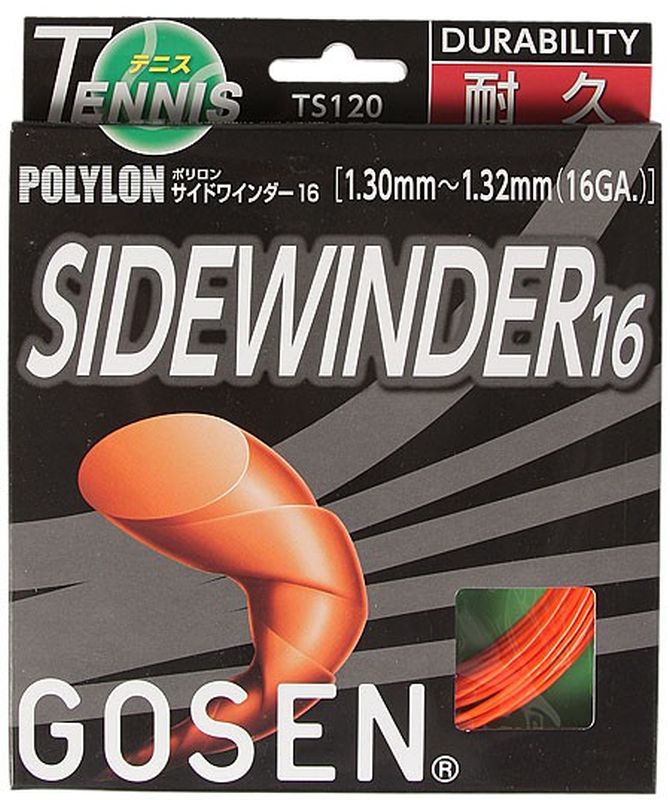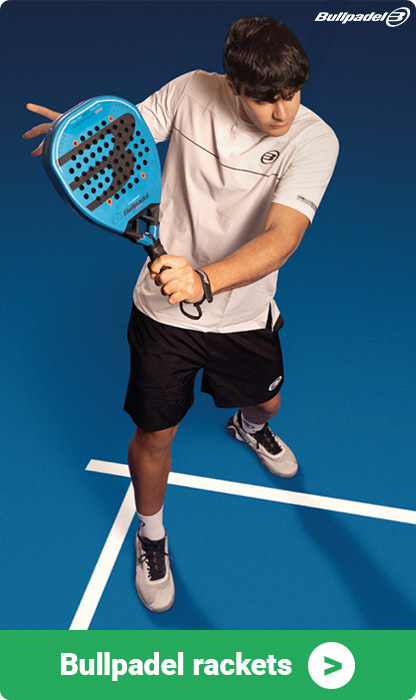

13,90 €
Save 23%
13,90 €
Informacje o produkcie
Gosen Polylon Sidewinder (12.2m) - Orange: Amplify Your Game
Dive into the world of superior tennis performance with the Gosen Polylon Sidewinder tennis strings. Sorbet-hued and as robust as they come, these meticulously designed strings offer steadfast durability and enhanced rotating shots, adding a new level of intensity to your game.
Product Specifications
Dynamic Color and Texture
The main color of this product is energetic orange that not only promises superior visibility but also adds a distinct style to every stroke. Combining exemplary durability with a visually stimulating aesthetic, these strings are meticulously structured as a monofilament, ensuring each ball strike resounds with consistency and precision.
Innovative Profile
A standout feature is the specially modified profile that masterfully accommodates extreme rotations, unlocking new dimensions of power and control in your performance. This design offers an optimal blend of flexibility and stiffness, perfectly balancing the need for responsive handling and the demand for strength and durability.
Unrivaled Durability and Rotation
Crafted from co-polyester, a material known for its extraordinary resilience and durability, the Gosen Polylon Sidewinder has been engineered to withstand intense play scenarios and extreme weather conditions. These properties, coupled with the strings' innovative design, provide exceptional rotational capabilities, making this an ideal choice for athletes aiming to achieve high-level spins.

| Article number: | ST64069.1 |
|---|---|
| Color: | Orange |
| Material: | co-polyester |
| Properties: | spin strength |
| String length (m): | 12,2 |
| String profile: | modified profile |
| Structure: | monofilament |
Gosen Polylon Sidewinder (12.2m) - Orange: Amplify Your Game
Dive into the world of superior tennis performance with the Gosen Polylon Sidewinder tennis strings. Sorbet-hued and as robust as they come, these meticulously designed strings offer steadfast durability and enhanced rotating shots, adding a new level of intensity to your game.
Product Specifications
Dynamic Color and Texture
The main color of this product is energetic orange that not only promises superior visibility but also adds a distinct style to every stroke. Combining exemplary durability with a visually stimulating aesthetic, these strings are meticulously structured as a monofilament, ensuring each ball strike resounds with consistency and precision.
Innovative Profile
A standout feature is the specially modified profile that masterfully accommodates extreme rotations, unlocking new dimensions of power and control in your performance. This design offers an optimal blend of flexibility and stiffness, perfectly balancing the need for responsive handling and the demand for strength and durability.
Unrivaled Durability and Rotation
Crafted from co-polyester, a material known for its extraordinary resilience and durability, the Gosen Polylon Sidewinder has been engineered to withstand intense play scenarios and extreme weather conditions. These properties, coupled with the strings' innovative design, provide exceptional rotational capabilities, making this an ideal choice for athletes aiming to achieve high-level spins.

| Article number: | ST64069.1 |
|---|---|
| Color: | Orange |
| Material: | co-polyester |
| Properties: | spin strength |
| String length (m): | 12,2 |
| String profile: | modified profile |
| Structure: | monofilament |
Each offer available in the Tennis Zone is an original product, coming directly from manufacturers or trusted distributors.
Subscribe to newsletter
Save a 5%
Sign up for the free newsletter and do not miss any promotions and news, as well as individual offers from our store.




























 tennis-zone.eu
tennis-zone.eu 


